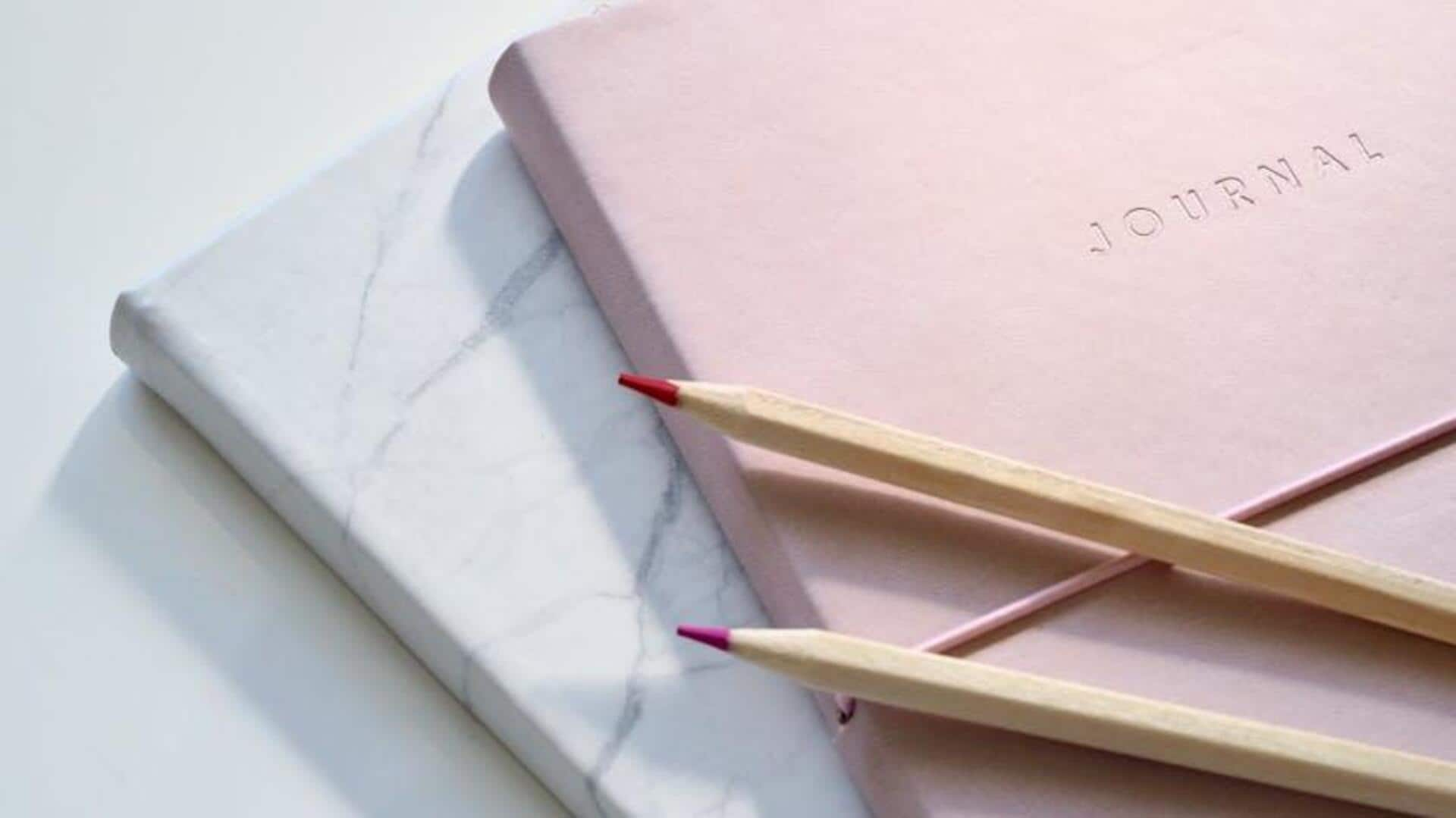
5 ways sketch journaling improves your creativity
What's the story
Sketch journaling is a creative practice that combines drawing and writing in a journal format. It's a powerful tool for self-expression, problem-solving, and enhancing creativity. By integrating sketches with notes, you can capture ideas more vividly and explore your thoughts visually. This method encourages experimentation and helps in developing artistic skills over time. Here are five ways to inspire creativity through sketch journaling.
Drive 1
Start with simple shapes
Start your sketch journaling journey with simple shapes- circles, squares, triangles. These basic forms can be built upon for more complex drawings. Starting small reduces the pressure of creating perfect pieces of art and lets you experiment freely. With time, these simple shapes can turn into intricate designs or detailed illustrations.
Drive 2
Incorporate daily observations
Use your sketch journal to document everyday observations. Be it the view from your window or an interesting object on your desk, capturing these moments can spark new ideas. This practice not only enhances observational skills but also encourages you to find beauty in mundane things around you.
Drive 3
Experiment with different mediums
Try using different mediums in your sketch journal. You can use pencils, pens, watercolors, or markers. Each medium offers its own unique textures and effects that can add depth to your work. When you experiment with different tools, you discover new techniques and styles that resonate with your creative vision.
Drive 4
Set creative challenges
Challenge yourself by setting specific themes or prompts for every page of your sketch journal. Themes like nature, emotions, or abstract concepts can push you out of your comfort zone and inspire innovative ideas. Regularly engaging in themed challenges keeps the creative process dynamic and exciting.
Drive 5
Reflect on past entries
Periodically review older entries in your sketch journal to see how your style has grown. It helps you analyze your work from the past so you can identify patterns or themes that may be carried forward in later projects. This reflection not only boosts your confidence but also serves as a motivation to keep pushing boundaries in your artistic expression.